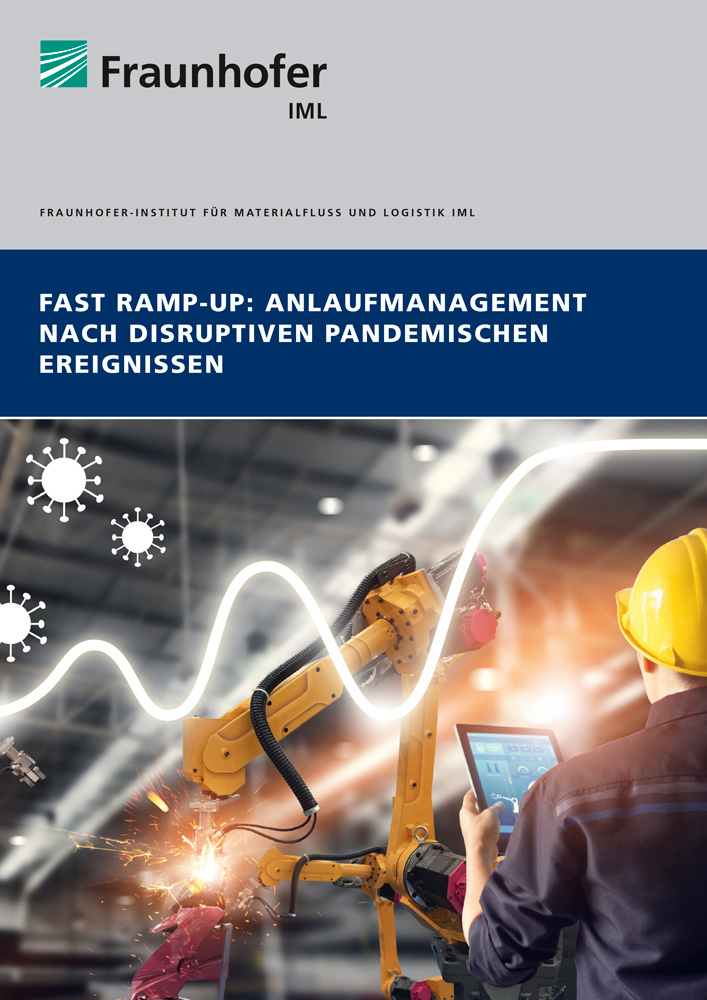Fast Ramp-Up: Economic Recovery after Corona
Forecast and Foresight in the Economic Recovery with its Complex Supply Chains
The pandemic had a huge impact on the German export-oriented economy with its complex supply chains existing in the manufacturing industry such as the automotive industry. It is of great interest for the entire economy and for the survival of small and medium sized business, to perform the Ramp-Up, or in other words the economic recovery, with its complex supply chains in a fast way but also with forecast and foresight. It is of great importance to bring asynchronous, time shifted supply chain states back into a balanced cycle and synchronize them. Uncontrolled aroused stocks, due to production stops and shortages in material availability in regional supply chain routes, have been or still are hampered by the pandemic, have to deal with diverse logistic lead time during the ramp-up.
Strengthen the production with intelligent IT-solutions
As a result of this situation it follows a huge complexity of task statement. In this strained economic situation poor decisions, lack of transparency or missing understanding of correlations can be the course of turbulences in production – or of insolvency in extreme cases. This can be avoided with the help of intelligent IT-solutions, which strengthen production in Germany after corona.
Identify risks and ensure resilience in ramp-up with relevant strategies
In order to maintain transparency, the projects goal is to enable simple simulations of ramp-up scenarios. Internal and external demands of capacity, exact starting points of delivery as well as procedures to synchronize supply chains are becoming accessible by the use of simulations. Risks can be identified and suitable strategies to counteract can be derived. Decision points and measurement parameters to adjust the restart can be tested in advance and therefore ensure resilience in the ramp-up.
Simulation of various ramp-up scenarios with help of the expert tool OTD-NET
In order to master the crisis, solutions for easy-to-create models are required, which take the temporal behaviour and concurrency of a supply chain into account while being also scenario-capable. The approved Fraunhofer tool OTD-NET forms the basis for such evaluation. Within the scope of this project the existing expert tool will be developed by reducing complexity in model building in order to quickly derive essential statements about different ramp-up scenarios. In doing so, planning logics of supply chain management are being considered. OTD-NET can thus be empowered according to the special requirements of the ramp-up and is able to model directly different ramp-up scenarios, especially the asynchronous actual states.
 Fraunhofer Institute for Material Flow and Logistics IML
Fraunhofer Institute for Material Flow and Logistics IML
